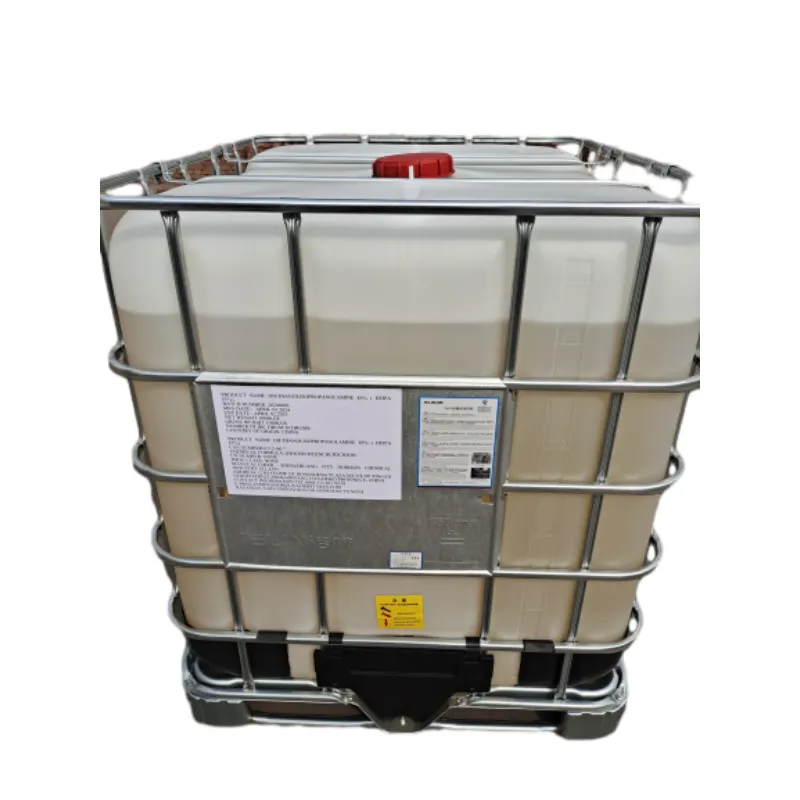
chemical solvents
Understanding Chemical Solvents Their Importance and Applications
Chemical solvents are fundamental substances widely used across various industries and laboratories. These compounds, typically in liquid form, serve as mediums for dissolving, extracting, and diluting other substances. Their versatility extends across sectors such as pharmaceuticals, paint manufacturing, cleaning products, and chemical synthesis. This article delves into the significance of chemical solvents, their properties, types, and applications, as well as safety considerations associated with their use.
The Role of Solvents in Chemistry
In chemistry, solvents play a crucial role in assisting various reactions. They provide an environment for the reactants to interact, increasing the likelihood of successful collisions that lead to reactions. Notably, solvents influence reaction rates, equilibria, and the solubility of compounds, which makes their choice critical in experimental chemistry.
Types of Chemical Solvents
Chemical solvents can be broadly classified into several categories based on their chemical structure, polarity, and applications. The main types include
1. Polar Solvents These solvents possess significant dielectric constants and can dissolve ionic and polar substances. Water is the most common polar solvent, often referred to as the “universal solvent” because of its ability to dissolve a wide range of substances.
2. Non-Polar Solvents These solvents do not have a significant charge disparity and are effective in dissolving non-polar compounds. Common non-polar solvents include hexane, benzene, and toluene. These are often employed in oil extraction and organic reactions.
3. Aprotic Solvents These solvents lack hydroxyl (OH) groups and do not participate in hydrogen bonding. They include compounds like acetone and dimethyl sulfoxide (DMSO) and are extensively used in organic reactions.
4. Protic Solvents These contain hydrogen atoms bonded to electronegative atoms, allowing them to donate protons in reactions. Ethanol and methanol are classic examples of protic solvents, often used in laboratory settings.
5. Green Solvents With environmental concerns on the rise, green solvents have gained attention as eco-friendly alternatives. They are derived from renewable resources and are less toxic, making them more sustainable for both the environment and human health.
chemical solvents

Applications of Chemical Solvents
Chemical solvents have a broad range of applications across various fields
- Pharmaceutical Industry Solvents play a vital role in drug formulation, development, and synthesis. They are used to extract active ingredients, process intermediates, and dissolve drugs for further testing.
- Paints and Coatings Solvents are essential in formulating paints and coatings, helping in the application process as they control viscosity and drying times. Solvent-based paints are commonly used in industrial and artistic applications.
- Cleaning Products Many household and industrial cleaners contain solvents to dissolve dirt, grease, and stains, enhancing their effectiveness and ease of use.
- Chemical Synthesis In laboratories, solvents are critical for conducting various chemical reactions, including organic synthesis, polymerization, and crystallization.
Safety Considerations
While chemical solvents are invaluable, they also pose safety risks. Many solvents are volatile and flammable, requiring careful handling and proper storage. Exposure to solvents can lead to health issues, including respiratory problems, skin irritation, and in severe cases, neurological effects. Thus, using personal protective equipment (PPE), ensuring proper ventilation, and following safety data sheets (SDS) are imperative when working with these substances.
Regulatory bodies, such as the Occupational Safety and Health Administration (OSHA) in the United States, set guidelines to manage the use and disposal of solvents in industrial and laboratory settings. Thus, stakeholders must stay informed about regulations governing solvent use to mitigate risks.
Conclusion
In summary, chemical solvents are indispensable in numerous applications, ranging from pharmaceuticals to cleaning products. Their diverse types and properties make them suitable for a wide array of tasks, facilitating chemical reactions, enhancing product formulations, and improving efficiency. However, with their utility comes responsibility; ensuring safe handling and adherence to regulations is crucial. As industries increasingly turn towards sustainable practices, the evolution of green solvents promises to reshape the landscape of solvent usage, balancing efficacy with environmental stewardship. Understanding the nature and applications of chemical solvents is paramount in both scientific and industrial domains.
-
Understanding Synthetic Rubber OptionsNewsApr.27,2025
-
Trichloroisocyanuric Acid: Essential for Clean and Safe WaterNewsApr.27,2025
-
Sodium Dichloroisocyanurate: Key to Safe Water TreatmentNewsApr.27,2025
-
Sodium Acid Pyrophosphate: Essential in Modern Food ProcessingNewsApr.27,2025
-
Essential Water Treatment ChemicalsNewsApr.27,2025
-
Denatured Alcohol and Its Industrial UsesNewsApr.27,2025
-
The Versatile Uses of Sodium BicarbonateNewsApr.24,2025
Hebei Tenger Chemical Technology Co., Ltd. focuses on the chemical industry and is committed to the export service of chemical raw materials.
-

view more DiethanolisopropanolamineIn the ever-growing field of chemical solutions, diethanolisopropanolamine (DEIPA) stands out as a versatile and important compound. Due to its unique chemical structure and properties, DEIPA is of interest to various industries including construction, personal care, and agriculture. -

view more TriisopropanolamineTriisopropanolamine (TIPA) alkanol amine substance, is a kind of alcohol amine compound with amino and alcohol hydroxyl, and because of its molecules contains both amino and hydroxyl. -

view more Tetramethyl Thiuram DisulfideTetramethyl thiuram disulfide, also known as TMTD, is a white to light-yellow powder with a distinct sulfur-like odor. It is soluble in organic solvents such as benzene, acetone, and ethyl acetate, making it highly versatile for use in different formulations. TMTD is known for its excellent vulcanization acceleration properties, which makes it a key ingredient in the production of rubber products. Additionally, it acts as an effective fungicide and bactericide, making it valuable in agricultural applications. Its high purity and stability ensure consistent performance, making it a preferred choice for manufacturers across various industries.











